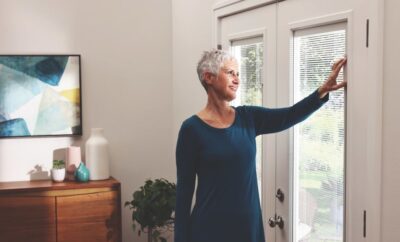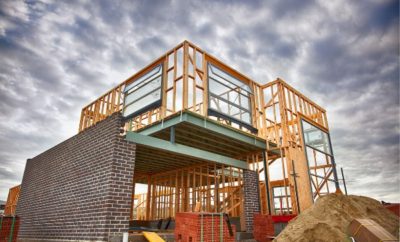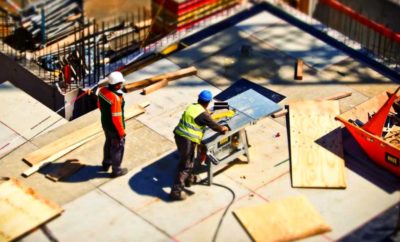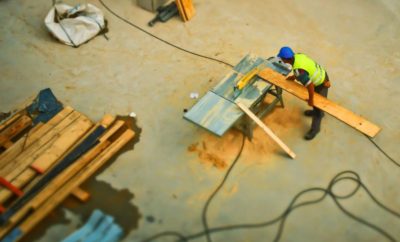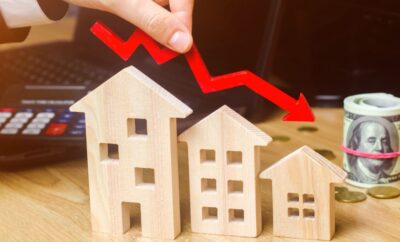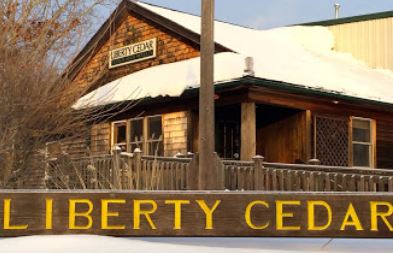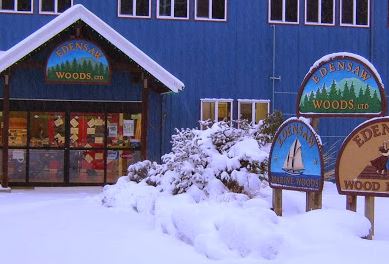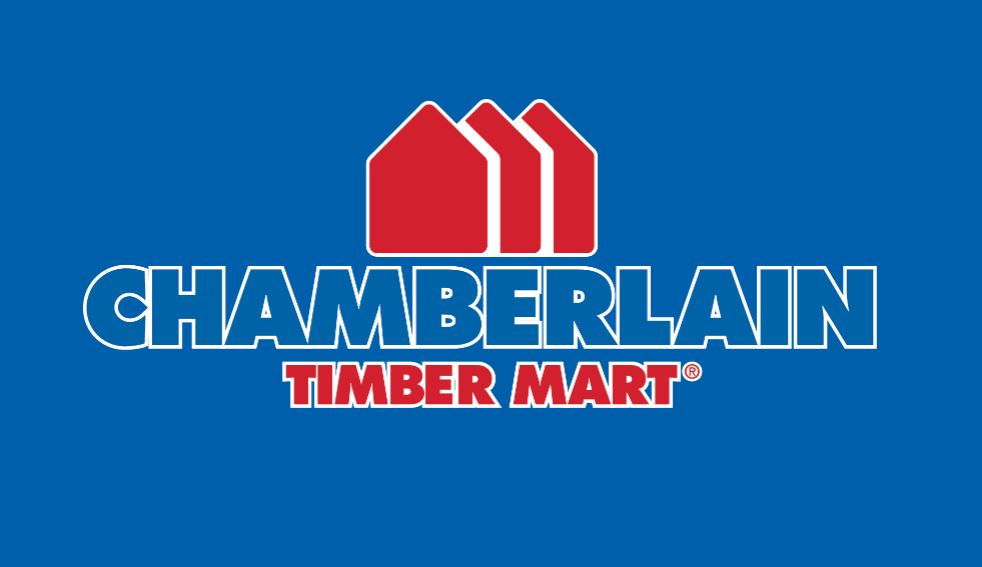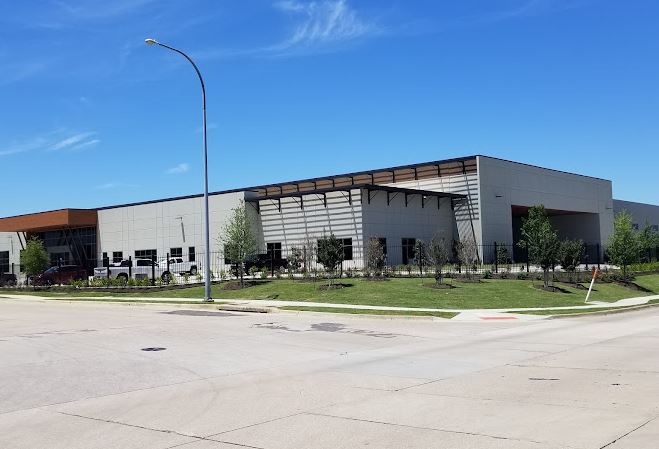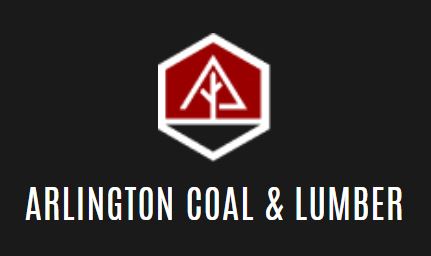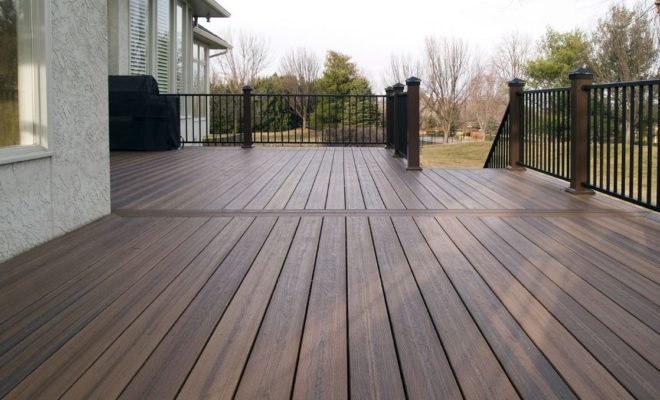
What is a Decking?
Decking is generally a wooden platform built above the ground and connected to the main building. It is generally enclosed by a railing for safety.
Access may be from the house through doors and from the ground via a stairway. Residential decks can be constructed over steep areas or rough ground that is otherwise unusable. Decks can also be covered by a canopy or pergola to control sunlight.
Deck designs can be found in numerous books, do-it-yourself magazines and websites, and from the USDA.
Most Common Types of Decking Materials
Pressure-Treated Wood for Decking
Commonly made from fir wood permeated with anti-rot and insecticide agents, pressure-treated decking is a low-cost favorite.
The anti-rot treatment once included arsenic, but since 2004 relies on less poisonous agents, such as copper, which poses a health hazard only if burned.
The basic tan or brown color of pressure-treated decking can be enhanced with staining agent. Pressure-treated lumber can last for decades, but requires refinishing with a clear sealer or stain every other year.
Cedar Decking
The natural beauty of real wood is unmatched. In addition, this perennial decking favorite is inexpensive and easy to work with—a good choice for the do-it-yourselfer.
Buy the darker-colored heartwood—anything else is sapwood and can rot within a few years. Look for “heartwood common,” which has more heartwood than the cheaper “construction common.” Expect annual refinishing and a life of 15 to 20 years.
Redwood
Once the very last word in decking, redwood is expensive and now available only on the West Coast.
It’s lightweight, strong, and easy to work with. Select only high-grade decking lumber with little of the cream-colored sapwood, which can deteriorate rapidly when exposed to the elements.
The darker-colored heartwood is naturally rot-resistant. With regular maintenance, redwood will last 15 to 20 years.
Vinyl Decking
Polyvinyl chloride (PVC) decking is the new kid on the block and rapidly gaining favor as a material that is as close to maintenance-free as decking will ever be.
PVC has no wood content. Premium varieties have a cellular core wrapped with an exterior layer of solid PVC and come with a 25-year warranty.
Color options include white, gray, browns, and tans.
Composite Decking
Made of wood fiber combined with recycled polyethylene, composite decking is a good-looking, low-maintenance material.
Composites come in a broad range of colors and textures that closely approximate real wood. It also offers design versatility: Pros have apparatus for heating planks so they can be bent to make eye-catching in-laid designs.
Ipe
A popular South American hardwood, ipe is beautiful, naturally resistant to rot, and durable.
It’s also extremely hard, making installation labor-intensive. To maintain its rich appearance, ipe must be sealed every year. It can last 25 years or more.
What is a Porch?
Also known as Balcony, Sun Porch, Screened-in Porch, Enclosed Porch, Patio, or Loggia.
A low structure, often with a roof, that is situated at the entrance of a house or building. A porch usually does not have windows and is an outdoor living space. Porches also can be enclosed or screened-in to provide protection from insects or extremes in weather.
Their many purposes:
- Serve as an informal extension of the parlor or living room.
- Provide shade and a place to relax during the summer
- Used to be a form of neighborly socialization in small towns.
- People would go for evening strolls and visit with neighbors sitting on their front porches.


